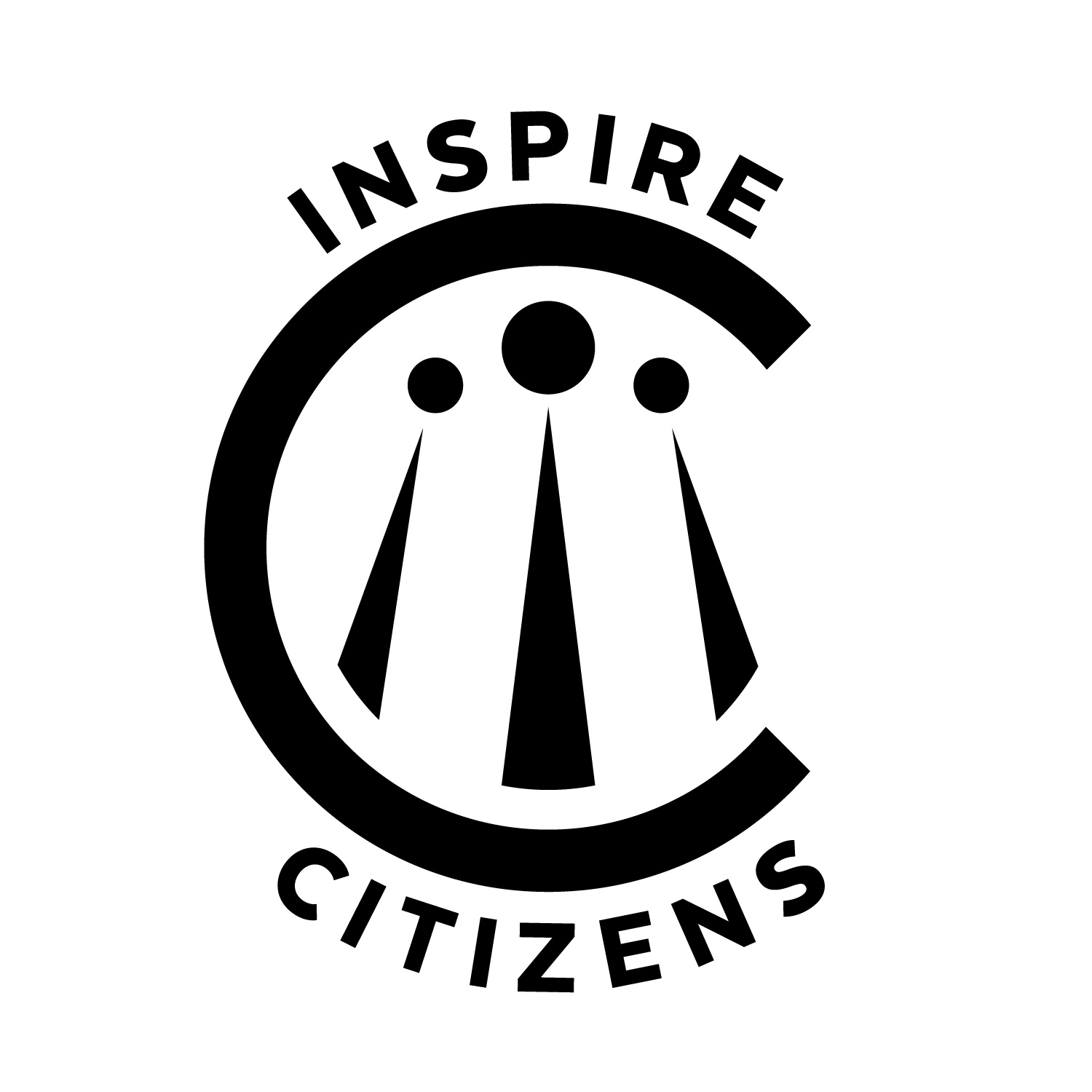Kindergarten Happiness Index and the Magic Toymaker
What’s Happening in these Photos?
WHAT:
IPC students are finishing off designing their toys that they made to encourage play with another Kindergarten class in the elementary school. After conducting Zoom interviews to find out the preferences of students in another class, and following the IPC Learning Goals in the Magic Toymaker unit, students designed toys and rules of play in order to use their learning to build relationships with others.
HOW:
A secret visit from the Magic Toymaker, a fictional character dressed in funny clothes but full of excitement, launched a call to action saying that there was another class of students that were lonely, needed toys, and that this Magic Toymaker needed help to make them happy.
By integrating the history, science, technology, and international learning goals of the IPC, students learned about the history of toys, materials needed to make toys, how to create toys, and how to design rules of play for the toys. To introduce a service learning and authentic output component to the unit, classes from the British School were paired up with classes from the SFS Elementary School (as students were not allowed to collaborate off-campus), to interview, survey, build relationships via Zoom, and eventually design toys in order to play with another class.
Equally as inspiring as it was challenging, the teachers facilitated a socially distanced play opportunity and toy sharing in the playground as a culminating community action. Furthermore, Grade 1’s next unit was all about materials, so this summative play experience served as an entry point for the PYP Unit of Inquiry and allowed for sustained community engagement, collaboration, and friendships after this experience.
WHY:
Service and action in Kindergarten involves elements of imagination, play, active listening, relationship building, and also personalizing discovery based on interest. By leveraging transformative learning goals into authentic outputs and opportunities for deeper connections, students are encouraged to use creativity in problem solving towards developing happiness in the community. Valuing compassion and well-being at an early age helps set the stage for self-confidence, identity, and agency as a foundation to healthy community engagement.
THANK YOU:
Chris Sykes, James Hokpins and Shirley Hutchin for your commitment, creativity, and compassion.




